Yeongju Museom Village (영주 무섬마을)
15.7Km 2021-08-24
31-12, Museom-ro 234beon-gil, Yeongju-si, Gyeongsangbuk-do
+82-54-638-1127
Located in Sudo-ri in Yeongju, Gyeongsangbuk-do, Museom Village is a charming hanok village surrounded by water. Flowing down from Sobaeksan Mountain and Taebaeksan Mountain, Naeseongcheon Stream and Yeongjucheon Stream converge and loop around Museom Village, surrounding the village on three sides with water. This peninsula-like village is not only the center of traditional Korean culture, but also has a gorgeous natural landscape complete with a wide sandy riverside and a lush inland forest.
Known for Haeudang and Manjukje Houses (two of the most historical hanok houses in the area), the village is also home to other outstanding traditional houses such as the Kim Gyu-jin House and the Kim Wi-jin House. Manjukje House is located at the heart of the village and the oldest traditional house in this hanok village. Manjukje was built in 1666 (7th year of King Heonjong's reign) by Bak Su (the father of the Bannam Bak Family).
Nearby Manjukje is Manun House, built in the early 19th century and named after Kim Hwi-geol (penname “Manun”). The house later became the home of the wife of the famous poet Jo Ji-hun, author of “Byeolli,” a poem expressing the beauty of Museom Village.
Other notable houses include the Kim Wi-jin House (a house belonging to aristocrats), the Kim Jeong-gyu House (a house without the traditional outer fencing), and the Bak Jae-yeon House, where the writings of Bak Gyu-su (a respected scholar during the Joseon period) still remain today.
Another famous attraction in the village is the Single Log Bridge, which was the village’s only connection to the outside world for over 350 years before the construction of Sudo Bridge in 1979. It is a tiny bridge in terms of x_width (30 cm), but it stretches for over 150 meters. It is said that the bridge was rebuilt annually after being destroyed each rainy season. With the construction of Sudo Bridge, the Single Log Bridge was no longer needed, but was rebuilt some time later in its original form. To celebrate the bridge’s impressive history, the village hosts the Single-Log Bridge Festival every October.
Manjukjae House[Korea Quality] / 만죽재 고택[한국관광 품질인증]
15.7Km 2024-10-30
11-10 , Museom-ro 234beon-gil, Yeongju-si, Gyeongsangbuk-do
+82-54-638-1127
Manjukjae House is the oldest hanok in Museom Village, Yeongju, Gyeongsangbuk-do, with a history dating back 360 years. Originally built by Park Su to live the life of a reclusive gentleman after the Manchu Invasion of Korea, the house has been passed down from generation to generation through 13 generations. There are four guest rooms, Seomgye Chodang, Sarangchae (detached building), Anchae (main building), and Chaekbang (study), all of which can accommodate two people. Among them, Seomgye Chodang offers the best view, from where guests can enjoy the scenery of the log bridge in Museom Village, the Naeseongcheon Stream, and the white sandy beach. With the windows wide open, you can enjoy the cool breeze and the soothing sounds of nature.
Museom Single-Log Bridge Festival (무섬외나무다리축제)
15.7Km 2024-11-29
41, Museom-ro 234beon-gil, Yeongju-si, Gyeongsangbuk-do
• 1330 Travel Hotline: +82-2-1330 (Korean, English, Japanese, Chinese) • For more info: +82-54-630-8703
Museom Village is surrounded by water on three sides as it is located at the place where Naeseongcheon Stream (the upstream of Nakdonggang River) and Seocheon Stream meet. The village is called Sudori, or Museom, meaning an island in an inland area. It is a traditional village which has nine cultural assets, including Haeudang House (Folk Item No. 92).
The Museom Single-Log Bridge Festival, a landmark celebration of Yeongju, is held every October. The Museom Single-Log Bridge is one of the 100 most beautiful paths of Korea selected by the Ministry of Land, Transport and Maritime Affairs. The bridge is only 23-centimeters wide and it connects the village to the land across the stream surrounding it. The festival aims to preserve and promote the nation’s traditional culture. During the festival, one can enjoy and take part in a wide variety of folk events including the intramural Ssireum (traditional wrestling) Competition, Nongak (farmer’s music) Performance, Satto (chief of the village) Parade, crossing the bridge with a cow, a groom marching on a horse and a traditional wedding ceremony.
Mokseogwon (목석원)
16.7Km 2021-03-30
159, Jeonseo-ro, Andong-si, Gyeongsangbuk-do
+82-54-852-3788
It is a folk-food specialty restaurant with beautiful scenery and group seats, for various gatherings. This Korean dishes restaurant is located in Andong-si, Gyeongsangbuk-do. The representative menu is Andong-style bibimbap.
Ilmi Sikdang (일미식당)
16.7Km 2021-03-24
1672, Jipung-ro, Andong-si, Gyeongsangbuk-do
+82-54-853-2490
This is a place that is visited frequently by Andong citizens. This Chinese (cuisine) restaurant is located in Andong-si, Gyeongsangbuk-do. The most famous menu is noodles in black bean sauce.
Andong Hahoe Doenjang Village (안동 하회된장마을)
16.8Km 2019-09-25
72, Jeonseo-ro, Andong-si, Gyeongsangbuk-do
+82-54-856-3013
Andong Hahoe Doenjang Village is located by the crossroad of Hahoe Village and Byeongsanseowon Confucian Academy in Pungcheon-myeon, Andong-si. All of the buildings in the village are built purely of red clay and the villagers are devoted to preserving the 600 year-long tradition of doenjang (fermented soybean paste) making.
Over 3,000 large jars used for storing doenjang greet visitors at the village entrance. Highlights of the village include a red clay storage room capable of storing around 100 tons of soybeans, a giant iron pot for boiling up to 100 kilograms of beans at once, and a large glass drying room used for hanging meju (fermented soybean blocks) to dry. Using these features, doenjang is made by boiling domestically produced soybeans and shaping them into blocks of meju, which are then left to ferment and dry for 2 to 3 months.
The village facilities are comprised of an exhibition center at the entrance, a production center, and two drying rooms. The exhibition center invites visitors to sample various fermented soybean
condiments and displays all the products made in this village. The drying rooms are specially designed to allow maximum sunlight and ventilation. Finally, the production center preserves the traditional methods of making doenjang such as boiling soybeans in a giant iron pot and fermenting meju in a ondolbang (a room with the Korean floor heating system).
Andong Hahoe Village [UNESCO World Heritage] (안동 하회마을 [유네스코 세계유산])
16.9Km 2024-12-03
186 Jeonseo-ro, Pungcheon-myeon, Andong-si, Gyeongsangbuk-do
+82-54-852-3588
Hahoe Village is one of the most famous folk villages in Korea. Surrounded by the Nakdonggang River, the village is home to descendants of the Ryu clan of Pungsan, which still makes up 70 percent of the villagers. The village became even more famous after Queen Elizabeth of England visited on April 21, 1999, and President George H. Bush of the U.S.A. in 2005.
The village has many cultural treasures and important cultural materials, earning the village the designation of National Folklore Cultural Heritage in 1984. Hahoe Masks, a National Treasure, is also an important feature of the village.
Uiseong Gounsa Temple (고운사 (의성))
16.9Km 2019-11-26
415, Gounsa-gil, Uiseong-gun, Gyeongsangbuk-do
+82-54-833-2324
Gounsa Temple lies on Deungunsan Mountain in Uiseong, Gyeongsangbuk-do, and was built by Monk Uisang in 681 during the reign of King Sinmun of the Silla Kingdom. Although the pronunciation of the name was never changed, its meaning slightly changed from “High Cloud Temple” to “Solitary Cloud Temple” after Choi Chi-won, a renowned scholar in the late Silla Period, helped to build two pavilions (Gaunru and Uhwaru) and renamed it. It is Branch Temple No.16 of the Korean Buddhist order, Jogyejong, and manages temples in Uiseong, Andong, Yeongju, Bonghwa, and Yeongyang.
Befitting its meaning, the temple is surrounded by outstanding scenery on Deungunsan Mountain, meaning “Riding on the Clouds.” Quite isolated from villages, the temple is a very quiet, serene place.
Gounsa Temple is home to one of the most cherished pieces of architecture, Gaunru Pavilion (“Floating over the Clouds”). This elegant pavilion is propped up by wooden columns, which are, in turn, supported by foundation stones. It looks as if the pavilion placed its feet in the water while standing.
Among the many buildings comprising the temple complex, Yeonsujeon Hall is a unique building that was built to store Eocheop (the genealogical record of royal families) in 1774 (20th year of King Yeongjo). As a royal building, it shows the Confucian architectural style, different from other Buddhist buildings within the temple.
Hahoe Mask Museum (하회세계탈박물관)
17.0Km 2024-05-29
206 Jeonseo-ro, Pungcheon-myeon, Andong-si, Gyeongsangbuk-do
+82-54-853-2288
Hahoe Mask Museum is located in Andong Hahoe Village, a representative traditional Korean folk town that is the home of the Hahoe Mask (National Treasure) and the Byeolsin Gut Mask Dance (Important Intangible Cultural Property). The museum displays not only Hahoe masks, but also other traditional masks from all over the world.
The museum consists of five permanant exhibition halls and one special exhibition hall, housing a wide range of masks from all over the world along with Hahoe masks. The museum also offers activity programs such as wearing a mask, mask trick art, photo zone, and more.
Andong Gangodeungeo Teojutdaegam (안동간고등어터줏대감)
17.1Km 2021-03-24
217, Jeonseo-ro, Andong-si, Gyeongsangbuk-do
+82-54-823-1500
This is a place where you can enjoy Andong Jjimdak, the representative dish of Andong. This restaurant's signature menu is andong braised chicken. This Korean dishes restaurant is located in Andong-si, Gyeongsangbuk-do.
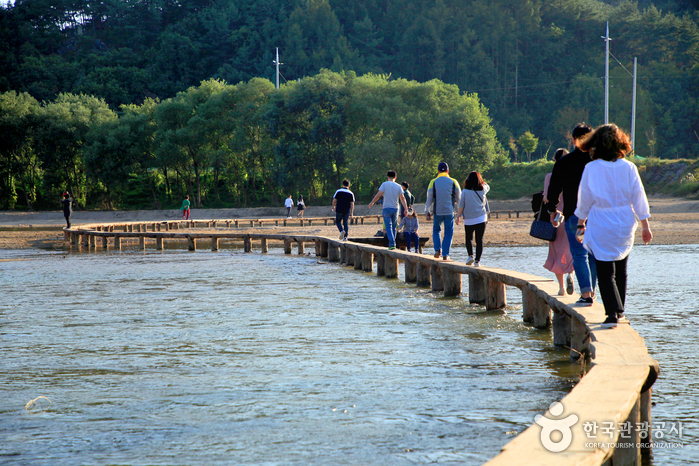
![Manjukjae House[Korea Quality] / 만죽재 고택[한국관광 품질인증]](http://tong.visitkorea.or.kr/cms/resource/55/3016955_image2_1.jpg)
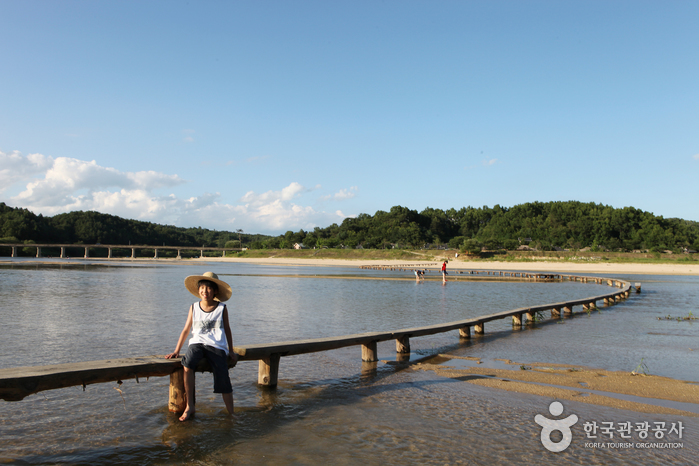
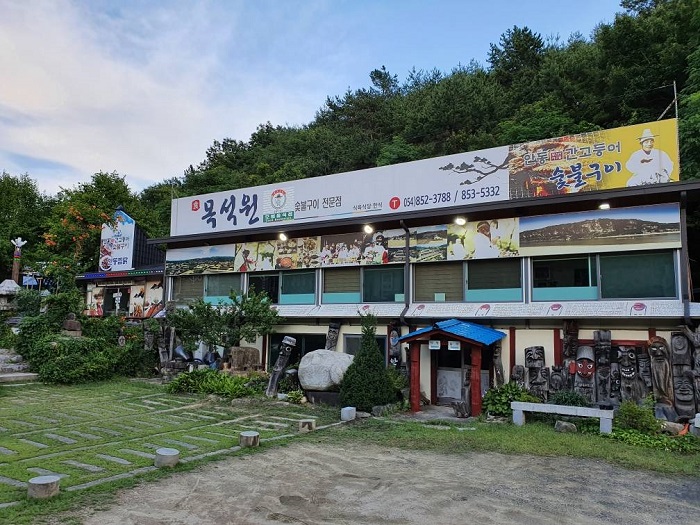


![Andong Hahoe Village [UNESCO World Heritage] (안동 하회마을 [유네스코 세계유산])](http://tong.visitkorea.or.kr/cms/resource/38/3421438_image2_1.jpg)
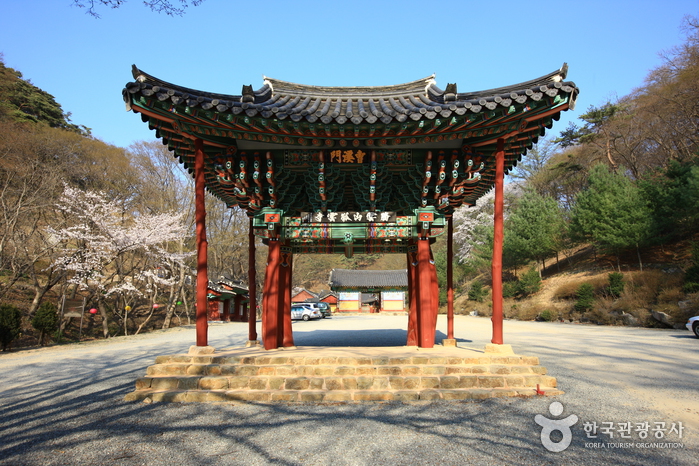
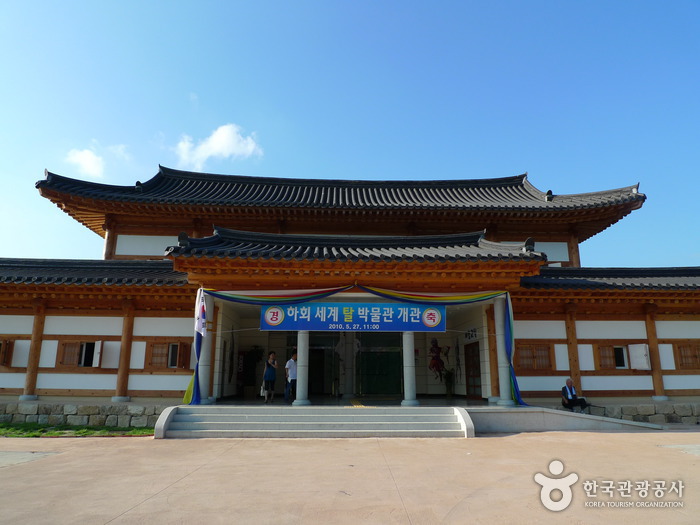
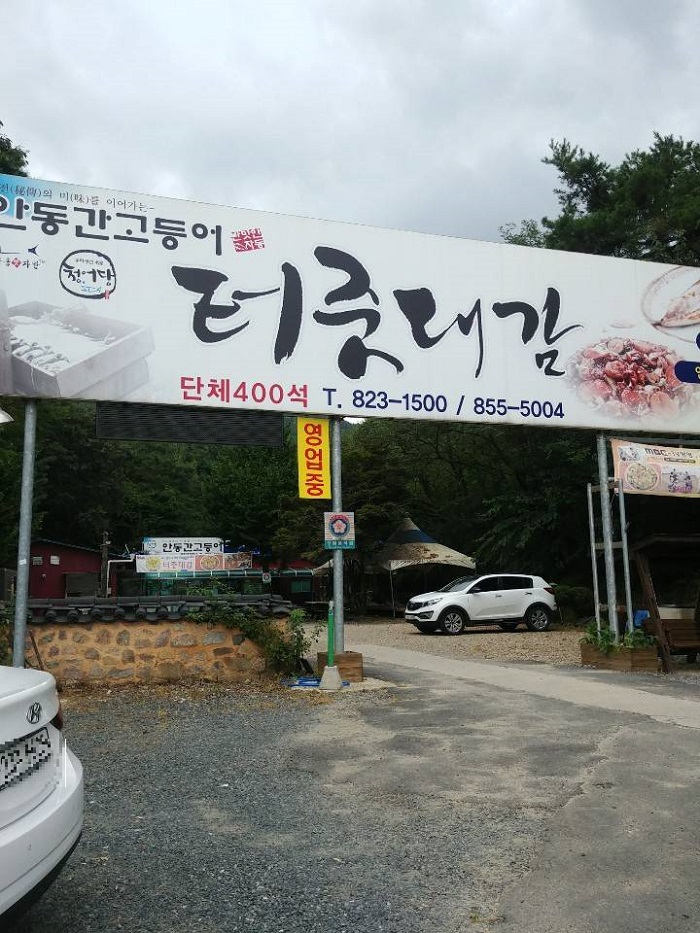
 English
English
 한국어
한국어 日本語
日本語 中文(简体)
中文(简体) Deutsch
Deutsch Français
Français Español
Español Русский
Русский